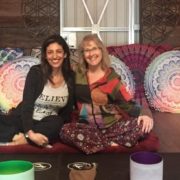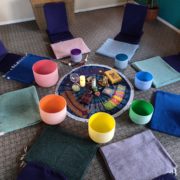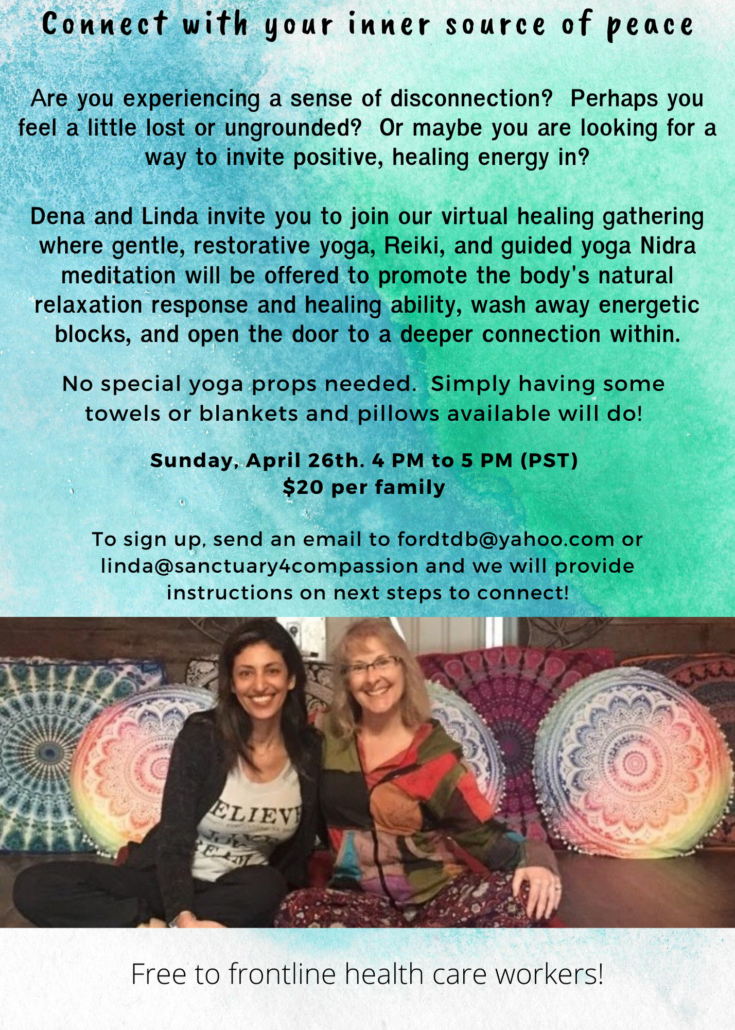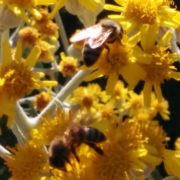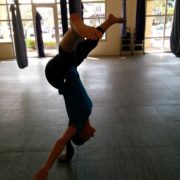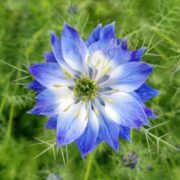Online Reiki-infused gentle movement and meditation class!
This online class will be conducted using WebEx’s video conferencing, which provides the option to turn off your camera at any time, supporting your privacy and facilitating a reduction in distractions. For first-time attendees, we will need to secure a signed release of liability form, which will be sent to you via email. Once we have these forms, along with payment via PayPal, an email will be sent to you with the link and meeting ID to join us on Sunday, June 28th at 4 pm PST. We look forward to being of service to you!
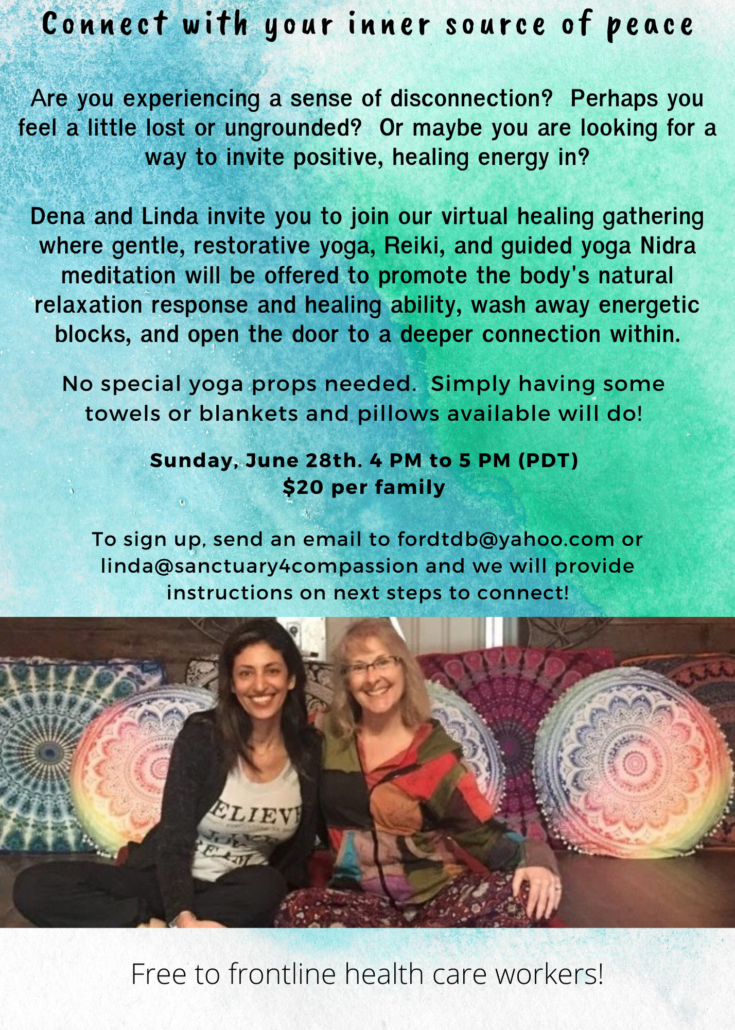
Virtual Community Gathering Practice Tips
We understand that this is not the ideal way to come together to practice and how sometimes just the thought of more technology might bring shivers down our spines. Accepting that it’s OK to feel intimidated is the first step. We are doing our best to make the connection simple and easy. Harnessing the warrior energy within will help you to face any tech fears you might have and join us!
Once you let us know that you are interested in attending, we will send you an email that will include details around what is needed from you, including:
- Signed Releases/Waivers of Liability forms (one time, for new students only)
- Downloading of the WebEx application onto a laptop or device (it’s free!)
- Checking your email for the WebEx link to join the class
- A few minutes before the class, simply clicking the link within the email to be sent straight to our meeting room
To facilitate the benefits of such a virtual community practice at home, below we have provided some helpful hints:
- Set up your mats at least 3 giant steps from your device.
- Elevate your device 21-24″ from the floor and have it tilted forward slightly.
- Have your props nearby.
- Please know you will not need to have your video camera on during the practice. If you would prefer to reduce the number of distractions or increase the sense of privacy, we invite you to turn off your video once the class starts.
Restorative Yoga Tips and Props
On the day of the class, here are some additional recommendations to create a more sacred space in advance for your practice:
- Make sure you’ll be in a space where there won’t be any background noises, distractions or interruptions.
- Adjusting the lighting in the room to your liking, perhaps turning off any overhead lighting and minimizing outdoor light and instead turning on a room lamp or lighting your favorite candle(s).
- Wear warm, comfortable clothing including socks.
- We will not be playing any music or instruments through WebEx due to sound quality, so if you prefer to have some music, we encourage you to play your own using a separate device. Consider choosing something soft and soothing, such as instrumental music or sounds of nature. You will be muted once class begins so it won’t disturb the class.
In home prop ideas:
- Bolster: couch cushions or a tightly rolled comforter, towel, or blanket (can be secured with 2 ties, scarfs or belts)
- Pillows: couch, chair or bed pillows will do
- Blankets: your favorite blanket to cover yourself and either 2 additional blankets or bath or beach towels (no sheets)
- Yoga blocks: books, either paper back or hard cover, stacked
- Eye pillow: hand towel, tie or scarf

